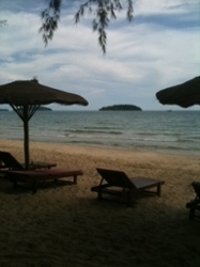Cambodia's (Booming) Rubber Industry
My research on rubber plantations in Cambodia has been productive and led me to learn more about this increasingly important industry in the country. I’ve had to sift through a variety of Khmer, French, and English sources, but thankfully I’ve had overwhelming support from my boss and co-interns at ODC. I’d also like to thank the librarians, especially Professor Jennifer Sekula, at Wolf Law Library for providing me technical support with navigating international research databases.
After finishing a preliminary draft on my findings, I am amazed by how far the rubber industry has come despite its relatively late and erratic development throughout recent history. In fact, rubber plantations have become one of the driving forces behind the country’s emergent economy. Cambodia is now the world’s 9th largest producer of rubber; this is particularly striking as only 30 years ago, production was virtually halted due to the Khmer Rouge’s violent takeover of the country.
Many factors have contributed to this rubber boom. For one, the government has moved away from state-run plans and progressively employed market-based strategies. Throughout the 1990s and early 2000s, the industry had been comprised of mainly state-controlled companies, but, by 2009, all plantations were privatized. The government has also adopted liberal legislative acts that ultimately allow foreign investors to control 100 percent of the shareholding in a firm. But perhaps most importantly, the creation of economic land concessions (ELCs) has attracted a large amount of foreign and domestic investment in the country’s rubber plantations.
The government has very high hopes for the industry and Prime Minister Hun Sen projects that 1 in 10 Cambodians will be working in the industry by 2018-employing a workforce of 1.3 million. This rapid expansion, according to the prime minister, will boost gross domestic product, alleviate unemployment, and reduce rural poverty. He also expects to export more than 1 million tons of rubber by the end of the decade, which would match production levels with the competing Vietnamese markets.
Despite the promising trends in the rubber industry, a number of legal and environmental criticisms have been raised. Some civil society groups, like the International Federation for Human Rights (FIDH), claim that thousands of indigenous families are continually affected by land grabbing practices performed by ELC-granted rubber plantations. Other reports cite violations of Cambodian law. According to the country’s land laws, ELCs can only be granted over state private property (referring to land that can be privately possessed, owned, and sold). However, some rubber plantations cover forested areas which are classified as state public property (referring to land of natural origin or land intended for public interest, such as forests, rivers, and lakes). Although the Ministry of Agriculture, Forestry and Fisheries (MAFF) is responsible for granting licenses and regulating the activities of ELCs, there have been transparency issues and questions to how the department makes its assessments.
Liz and I decided to visit Sihanoukville, a southwestern province on the Gulf of Thailand, for the three-day holiday weekend. Only 4 hours away by mini-bus, it was a refreshing break from the busy, city-life of Phnom Penh. We luckily discovered Otres Beach. If you’re looking for beautiful sunrises/sunsets, friendly locals and expats, delicious food and drinks, or just a place to clear your mind and relax, then look no further than Otres!

Enjoying chicken amok and a freshly squeezed passion fruit drink while overlooking a multicolored sunset was definitely the highlight of my trip to Sihanoukville. If you’re ever in Cambodia, you must visit this hidden paradise.
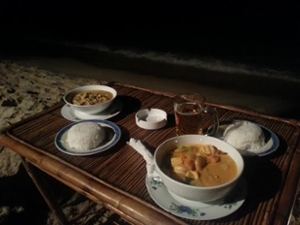
Additional data and suggested reading on Cambodia’s rubber industry:
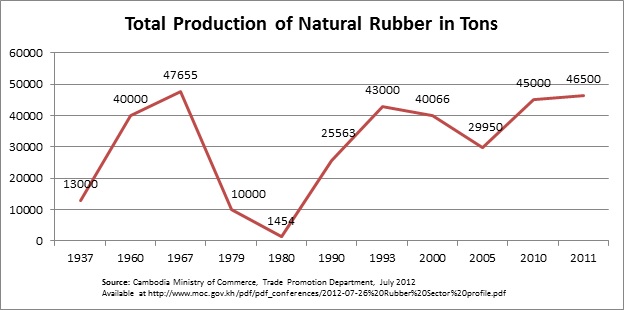
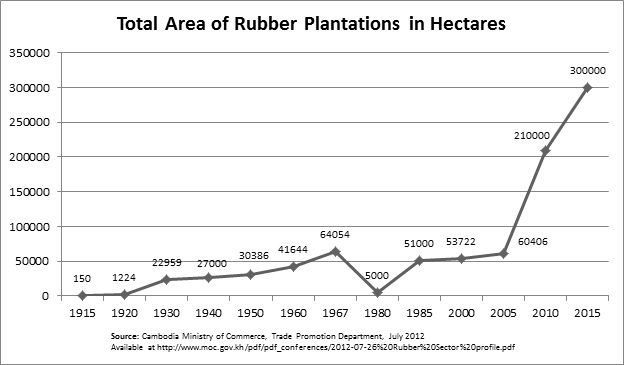
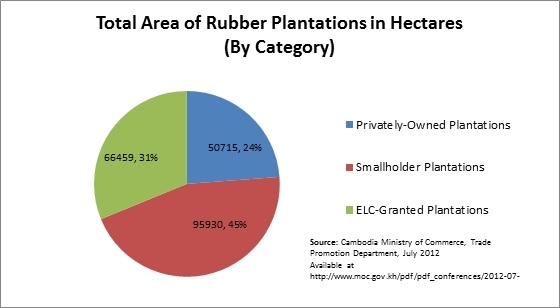
Rubber Barons: How Vietnamese Companies and International Financiers are Driving a Land Grabbing Crisis in Cambodia and Laos
Global Witness
Cambodia Land Cleared for Rubber Rights Bulldozed: The Impact of Rubber Plantations by Socfin-KCD on Indigenous Communities in Bousra, Mondulkiri
International Federation for Human Rights (FIDH)
Rubber Plantation Development in Cambodia: At What Cost?
The Economy and Environment Program for Southeast Asia (EEPSEA)
“Rectangular Strategy” for Growth, Employment, Equity and Efficiency (Phase III)
Royal Government of Cambodia
Export Competitiveness of the Cambodian Rubber Sector Relative to Other Greater Mekong Subregion Suppliers: A Simple Descriptive Analysis
The Asia-Pacific Research and Training Network on Trade
Hun Sen Hopes for Increased Rubber Exports
The Cambodia Daily
Hun Sen Shares Vision of Rubber Plantation Boom
The Cambodia Daily
